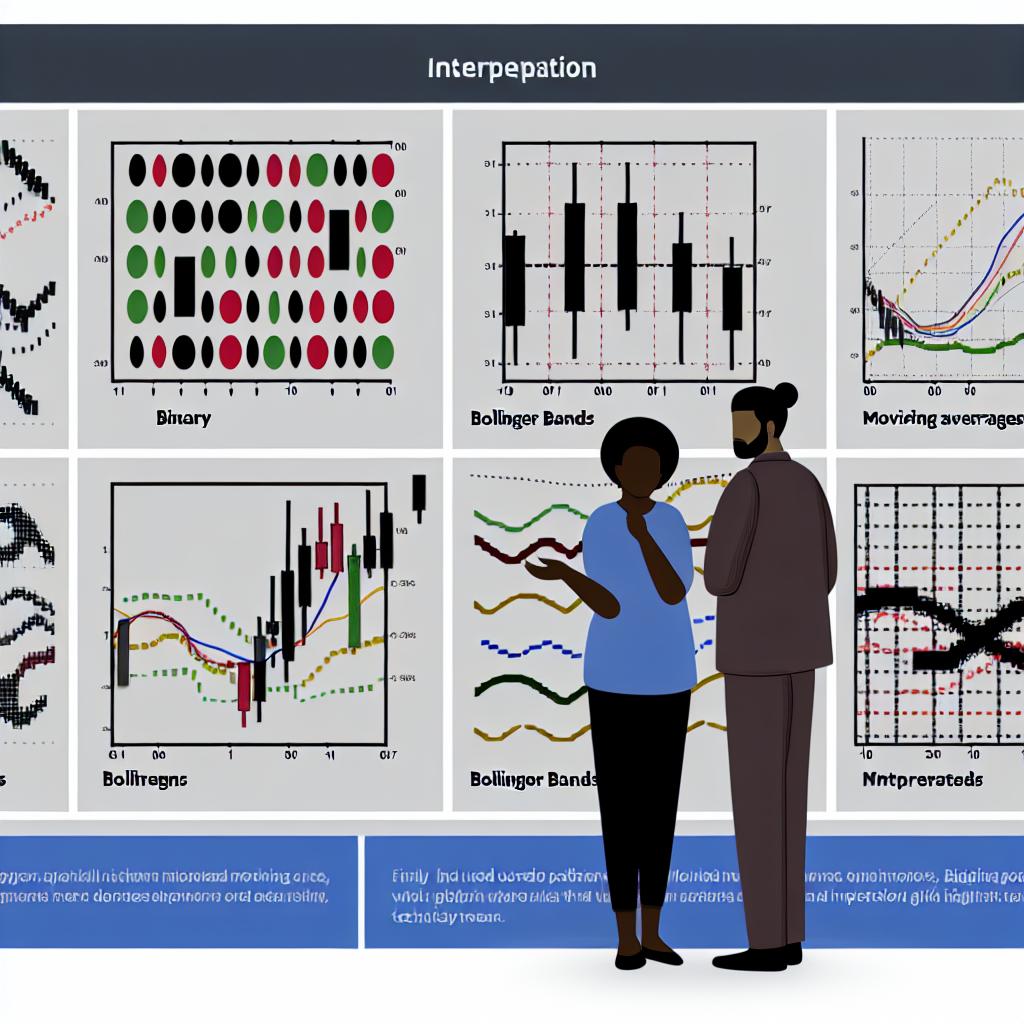The Importance of Technical Indicators in Binary Options Trading
Binary options trading has garnered significant attention in the financial market. This method involves predicting whether the price of an asset will rise or fall over a certain period. Despite its straightforward nature, successful binary options trading demands a nuanced understanding of market trends and analytical insight to make accurate predictions. Among the critical tools utilized by traders are technical indicators, which offer valuable insights into price movements.
What are Technical Indicators?
Technical indicators are quantitative metrics derived from historical market data such as price levels, trading volumes, and open interest figures. These mathematical computations aid in transforming vast data sets into comprehensible information, allowing traders to predict future price changes. The essential function of these indicators is to distill complex market dynamics into straightforward signals, thereby enabling traders to undertake informed trading decisions.
Popular Types of Technical Indicators
The utilization of technical indicators varies widely among traders, yet certain types stand out based on their effectiveness and reliability. Each indicator brings a unique perspective to trend analysis and market behavior prediction.
1. Moving Averages (MA): Acting as a tool to filter noise from random short-term price fluctuations, Moving Averages (MA) compute the average of a specified range of prices. They come in various forms, such as Simple Moving Average (SMA) and Exponential Moving Average (EMA), each offering different sensitivity levels to recent price changes. These averages help in identifying and confirming trend directions, assisting traders in making strategic buy/sell decisions.
2. Relative Strength Index (RSI): Part of the momentum oscillator category, the Relative Strength Index (RSI) gauges the velocity and magnitude of price transitions. By measuring the speed of market price changes, it uncovers overbought or oversold conditions, thereby indicating potential trend reversals or continuations. Traders often use RSI levels of 70 and above, or 30 and below, as potential indicators for executing trades.
3. Bollinger Bands: Developed by John Bollinger, Bollinger Bands consist of a central moving average with two standard deviation lines, one above and one below. This indicator measures market volatility, assisting traders in anticipating periods of sharp price movements and potential reversals. Expanding bands suggest increased volatility, while contracting bands indicate decreased volatility.
4. Stochastic Oscillator: The Stochastic Oscillator evaluates closing prices relative to price ranges over a set period. In doing so, it provides critical insights into the momentum of price movements. Widely used for determining potential reversals, this oscillator operates under the premise that momentum changes typically precede price shifts.
Using Technical Indicators in Binary Options Trading
In binary options trading, technical indicators serve as the backbone for crafting effective and dynamic trading strategies. They allow traders to assess market strengths and weaknesses, identify critical entry and exit points, and construct multifaceted trading strategies for better market adaptation. The synergistic application of multiple indicators enhances trade accuracy through comprehensive evaluations of market conditions.
Effective use of technical indicators involves tailoring strategies to leverage different indicators based on their intended purposes. While individual indicators yield useful insights, their combined application better navigates the market’s complexity and volatility. A well-rounded understanding of the market context, allied with technical indicator insights, forms the basis of informed trading decisions.
Challenges and Considerations
Despite their proven utility, employing technical indicators comes with inherent challenges that traders need to navigate. Notably, an over-reliance on these tools can lead to false signals, presenting predictions that fail to materialize in real market scenarios. The root cause of such inaccuracies often lies in the indicators’ inherent reliance on historical data, which may not always reflect future market behaviors, particularly during periods of heightened volatility.
Traders must exercise continuous vigilance by constantly refining their strategies in response to evolving market conditions. Developing an in-depth comprehension of both the workings of the chosen indicators and the specifics of the selected trading assets is paramount to overcoming these challenges. Furthermore, embracing a learning mindset, where learning from both successes and failures, enhances proficiency and confidence over time.
In conclusion, technical indicators constitute fundamental tools that are indispensable for binary options traders. They empower traders by facilitating structured decision-making processes, potentially enhancing profitability. However, effective application demands a thorough grasp of how these indicators function and their contextual implications. It also necessitates an adaptive approach to account for ongoing market fluctuations. As traders seek to harness the full potential of technical indicators, many turn to comprehensive trading platforms for detailed strategy guidance and industry insights tailored to their specific trading environments.
This article was last updated on: April 14, 2025
